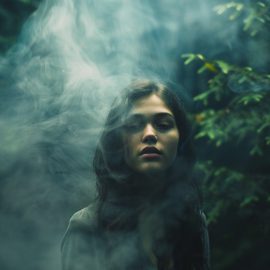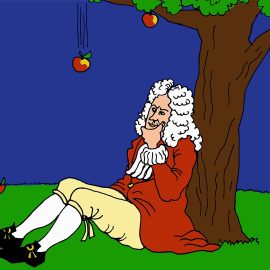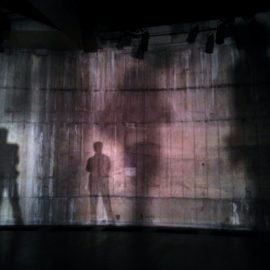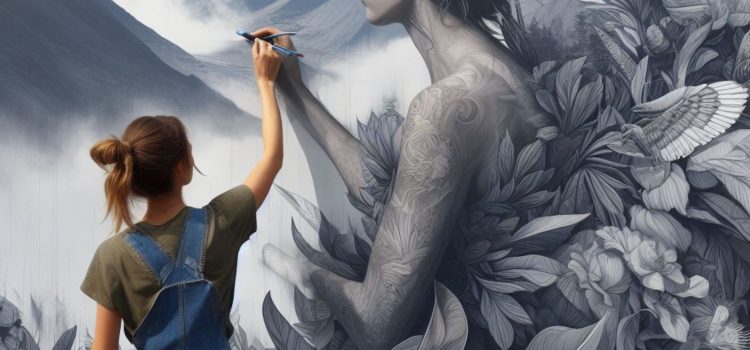
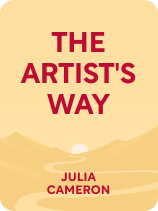
This article is an excerpt from the Shortform book guide to "The Artist's Way" by Julia Cameron. Shortform has the world's best summaries and analyses of books you should be reading.
Like this article? Sign up for a free trial here.
How strong is your creative intuition? Do you know how to channel your emotions into creativity? How often do you experience synchronicity?
In The Artist’s Way, Julia Cameron shows you how to tap into your deeper creative self where your real emotions and wild ideas reside. One way to do this is to get a better handle on your creative intuition and feelings, which will also help you produce the art you’re intended to produce.
Read more to learn Cameron’s advice for leveraging your creative intuition and emotions.
Your Creative Intuition & Emotions
Cameron explains that, as you grow closer to your inner artist, you’ll experience a stronger sense of emotion and intuition. This can be overwhelming; therefore, you must understand and interpret your creative intuition and feelings to channel them into creativity and art.
According to Cameron, anger is the most common emotional experience that you must interpret and channel. She explains that anger indicates your likes, dislikes, and desires and signifies that you must take action. For example, let’s say you’re angry that your roommate moved your in-progress painting onto the floor so she could use your desk. Your anger is telling you that you need to speak up about your boundaries—tell your roommate not to touch your things without asking you.
(Shortform note: In Awaken the Giant Within, Tony Robbins reiterates the importance of understanding your emotions, especially negative ones—because, like Cameron, he believes they’re “action signals.” However, while Cameron mainly focuses on anger, Robbins claims that anger is only one of 10 common negative emotions you should learn to interpret. The rest are discomfort, fear, hurt, frustration, disappointment, guilt, inadequacy, overwhelm, and loneliness.)
Cameron adds that, as you get closer to your inner artist and your creative intuition strengthens, experiences of synchronicity will begin to occur more frequently. Synchronicity is an instance where things seem to fall perfectly into place, external factors align in your favor, or meaningful patterns emerge. Cameron believes that these experiences are a form of divine intervention—some higher force is providing you with opportunities and hints that will progress you toward your artistic destiny. For example, perhaps you’ve been wanting to start dancing and end up meeting a dance instructor at the shop. Or you keep hearing about and seeing copies of a certain book about sculpting—maybe you’re meant to read it.
When these instances happen, Cameron says you must take advantage of them and trust your intuition. Many people convince themselves that synchronicities are coincidences, or that they’re unworthy of taking advantage of these synchronicities (they’ll fail or let themselves down in some way). Fight this urge, trust your intuition, follow the path that’s being opened for you, and Cameron says that you’ll end up exactly where you need to be.
(Shortform note: In The Road Less Traveled, M. Scott Peck echoes Cameron’s emphasis on the importance of recognizing and accepting synchronicity and serendipity. He adds that if you fail to do so, you risk facing serious consequences. For example, Peck notes that rejecting “God’s gifts” (including synchronicity) can lead to negative mental effects like neurosis.)

———End of Preview———
Like what you just read? Read the rest of the world's best book summary and analysis of Julia Cameron's "The Artist's Way" at Shortform.
Here's what you'll find in our full The Artist's Way summary:
- How you can overcome obstacles and blocks to reach your creative potential
- An overview of Julia Cameron's 12-week program on accessing the creative force
- Why many artists fall into addictions and how to resist them

